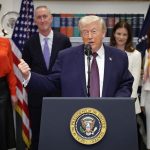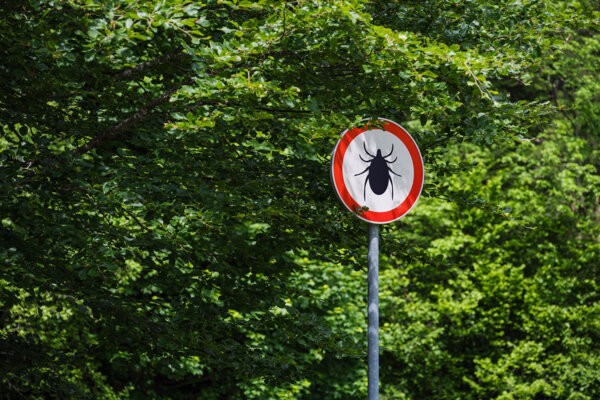U.S. President Donald Trump has followed through on his threat to raise tariffs on Canada from 25 percent to 35 percent starting on Aug. 1, with the White House saying the country has “failed” to stop the flow of fentanyl and other drugs into the United States through their shared border.
Products under the United States-Mexico-Canada Agreement (USMCA) continue to be exempt from the tariffs. The White House says products that are transshipped to evade the 35 percent tariff will be subject to a 40 percent rate. Canada is also subject to sectoral tariffs, including on steel, aluminum, copper, autos, and lumber.
“Canada has failed to cooperate in curbing the ongoing flood of fentanyl and other illicit drugs, and it has retaliated against the United States for the President’s actions to address this unusual and extraordinary threat to the United States,” the White House said in a statement on July 31.
“In response to Canada’s continued inaction and retaliation, President Trump has found it necessary to increase the tariff on Canada from 25% to 35% to effectively address the existing emergency.”
Washington’s initial tariffs on Canada and Mexico were set at the same rate of 25 percent, with Trump citing concerns about fentanyl trafficking and illegal immigration as the reasons.
Earlier on July 31, U.S. Commerce Secretary Howard Lutnick noted that Canada is the only country besides China that has issued counter-tariffs against the United States. He also called Canada’s decision a day earlier to recognize Palestinian statehood “tone deaf.”
The U.S. president told reporters on July 31 that Carney had called him earlier in the day, but that they hadn’t spoken.
Canadian officials have rebuked Washington’s assertions about fentanyl trafficking through the shared border, saying the amount trafficked via the United States’ northern border is very small. Ottawa has also announced a CA$1.3 billion plan to boost border security and has appointed a “fentanyl czar” to curb the trafficking of the illicit drug.
Nonetheless, the White House said on July 31 that Mexican drug cartels are ramping up their operations in Canada, and that criminal organizations maintain “robust ’super labs’” in Western Canada.
“The amount of fentanyl seized at the northern border to date this fiscal year could have killed more than 16 million Americans due to the drug’s potency,” the White House said.
For sectors not covered under the USMCA, Carney said Ottawa “will act to protect Canadian jobs, invest in our industrial competitiveness, buy Canadian, and diversify our export markets.”
“While we will continue to negotiate with the United States on our trading relationship, the Canadian government is laser focused on what we can control: building Canada strong,” Carney said.
Carney also noted that fentanyl entering the U.S. via the Canadian border accounts for “1% of U.S. fentanyl imports.”
“Canada’s government is making historic investments in border security to arrest drug traffickers, take down transnational gangs, and end migrant smuggling,” Carney said.
“We will continue working with the United States to stop the scourge of fentanyl and save lives in both our countries.”











